Helen’s Hot Takes: Putting the ‘age’ in ‘teenager’
In this first installment in a recurring series of columns, Columns Editor Helen Zhang ’22 argues in favor of casting age-accurate actors in the media’s dramatization of teenage life.
In this first installment in a recurring series of columns, columns editor Helen Zhang argues in favor of casting age-accurate actors in the media’s dramatization of teenage life.
From cult classics like “Mean Girls” to Oscar-nominated films like “Ladybird,” there is no questioning the cultural impact teen media has. American shows and movies in particular have a habit glorifying the high school years, often giving younger viewers expectations of drama-filled, exciting experiences that will never be met.
While pieces of this genre have made an effort in recent years to be more socially aware and address a plethora of topics, one prominent issue still remains: most teenagers we see on the screen are played by adult actors.
The age gap between actors and their teenage counterparts is as big as eight years for shows like “Riverdale” and “Glee.” Some actors playing 16-year-olds are well into their twenties, far from looking like the age they are portraying.
This becomes a problem when these shows market themselves as realistic stories that teens can relate to. A prime example of this is HBO’s “Euphoria.” Receiving widespread praise for its cinematography, soundtrack and acting, the show has been regarded by many as a gritty representation of teenage life. Some of its accuracy can be attributed to the fact that, like the show’s protagonist, its creator has struggled with drug addiction himself. However, despite these accomplishments, almost all the cast members were over the age of 21 when the first season was released.
While using adult actors may be the more convenient choice due to labor laws, it is apparent that, in the case of “Euphoria”, this choice was made for other reasons — a main one being the very explicit sex scenes that require actors 18 or older. Some argue that having unabashed nudeness contributes to the show’s realism. But rather than showing a relatable aspect of teen life, these scenes have a voyeuristic, sexualized tone. Not only might this cater to the wrong audience, but it can negatively affect teenagers, a particularly vulnerable audience. According to Teen Vogue, teenagers are susceptible to the spotlight effect, meaning they have a tendency to overestimate how much other people notice them.
As many teens are already concerned about their appearances, shows that present an oversexualized view of teenage bodies give an unrealistic expectation of what they should look like. Viewers 17 to 18 years of age are told that these characters they see on screen are the same age as them. In reality, they are seeing actors who have much more developed bodies than them because they are older. Teens who are supposed to feel represented by what they’re shown on screen may instead be easily swept up by beauty standards that shouldn’t exist at all for their age range. The creators of teen media should not take advantage of their actors’ adulthood to make overly explicit scenes — because if a scene about teenagers can’t be made with real teenagers, it shouldn’t be made at all. If a scene about teenagers can’t be made with real teenagers, it shouldn’t be made at all. — Helen Zhang '22
When producing media, it is important to ensure it does not promote ideals that could harm the viewer’s body image. Negative body image affects mental and physical health and in severe cases, individuals can develop body dysmorphic disorder, disordered eating and other issues.
Fortunately, age-accurate representation of teenagers does exist. One example of this is “Skam,” a Norwegian web series that ran from 2015-2017. Its main characters are 16 or 17 years old, and were played by 16 to 20-year-olds. Details such as their visible acne, juvenile mannerisms and casual fashion communicate to the intended audience that these characters are just like us — awkward, confused and definitely not as cool as other shows make teenagers out to be. It is easy to believe these characters when they say they are insecure about their looks, because the actors are not excessively glamorized to fit modern beauty standards. Although “Skam” does include sex scenes, they have minimal nudity and feel focused on the characters rather than their bodies.
“Skam” addresses many topics, including bullying, sexual assault, sexuality and racism. Seeing people in their adolescent stages play these roles makes it more impactful because we see the struggle of dealing with these obstacles while being young and therefore less knowledgeable and experienced than adults. Instead of letting teens compare themselves to grown bodies, shows like “Skam” allow its young audience to feel like they are normal. Age-accurate representation teaches us that it is okay to not look ‘perfect’, and we are not supposed to live like grown-ups when we are still figuring out our place in the world.
A TV show or movie is by no means bad if it has actors older than their characters. It can absolutely still be entertaining and have a meaningful message. “Euphoria” is not completely undeserving of its recognition, and the discussions it sparks raise awareness that both educate people and support individuals going through similar struggles. However, for storytelling to accurately reflect real-life coming-of-age experiences, it best communicates the message through actual teenagers who are living through this process of maturing out of childhood. This way, we teenagers will see ourselves and our peers represented in the truest form, feeling heard and accepted.
Your donation will support the student journalists of West High School. Your contribution will allow us to purchase Scholarship Yearbooks, newsroom equipment and cover our annual website hosting costs.

Helen Zhang is a senior at West. She is the columns editor and this is her second year on print staff. In her free time, Helen enjoys baking, reading and...





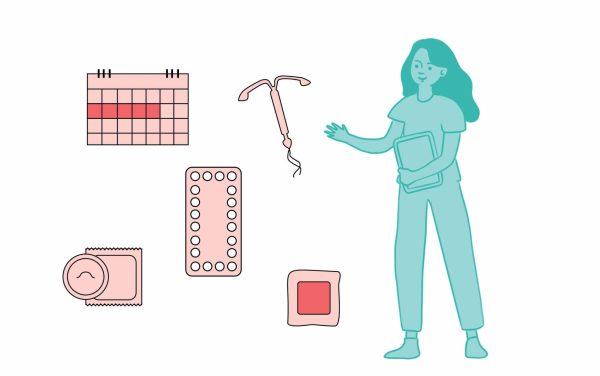
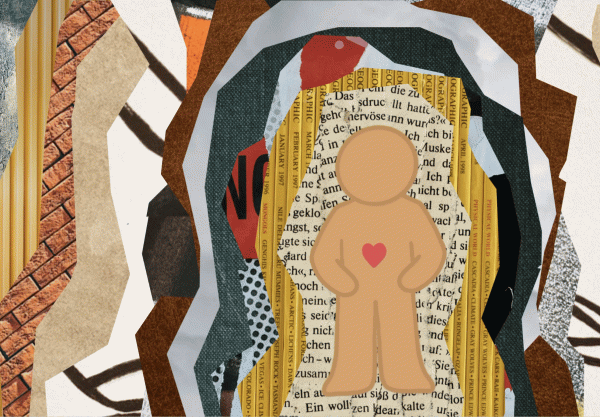


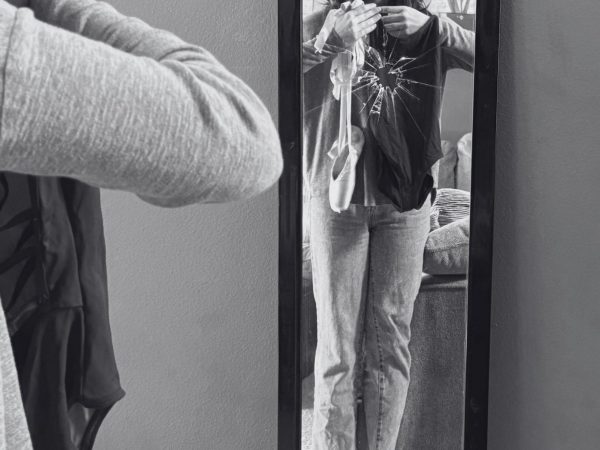

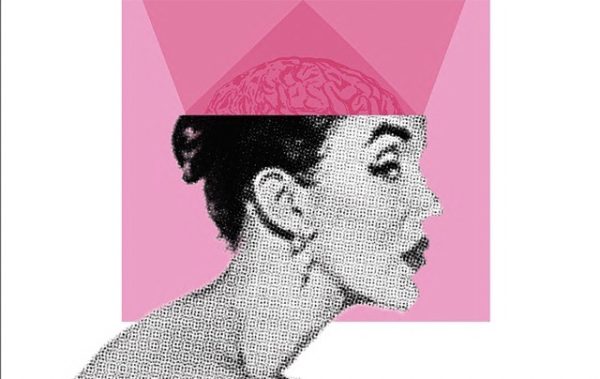

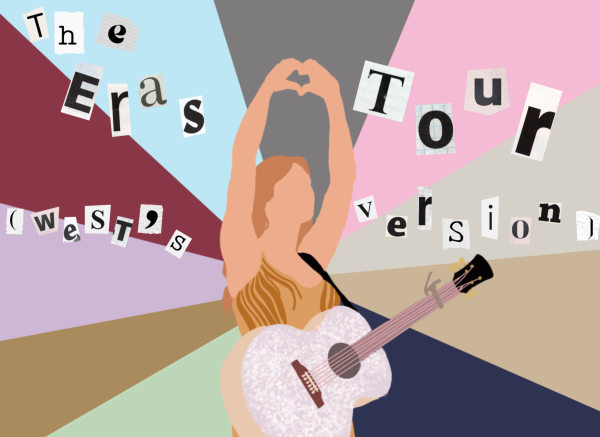
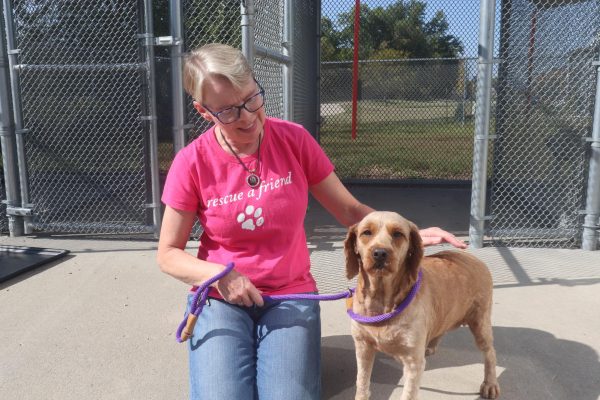

Emi • Jan 20, 2022 at 8:57 am
THIS WAS SO GOOD! I loved how interesting your take is (totally agree with your take) and how your examples give more depth into your point. – xx fellow newspaper reporter from FL